#Heterobranchia
Photo

Variable Neon Slug
#variable neon slug#Nembrotha kubaryana#Gastropoda#Heterobranchia#Euthyneura#Nudipleura#Nudibranchia#Euctenidiacea#Doridacea#Polyceroidea#Polyceridae#Nembrothinae#Nembrotha#nudibranch#sea slug#dorid nudibranch#upl
705 notes
·
View notes
Text



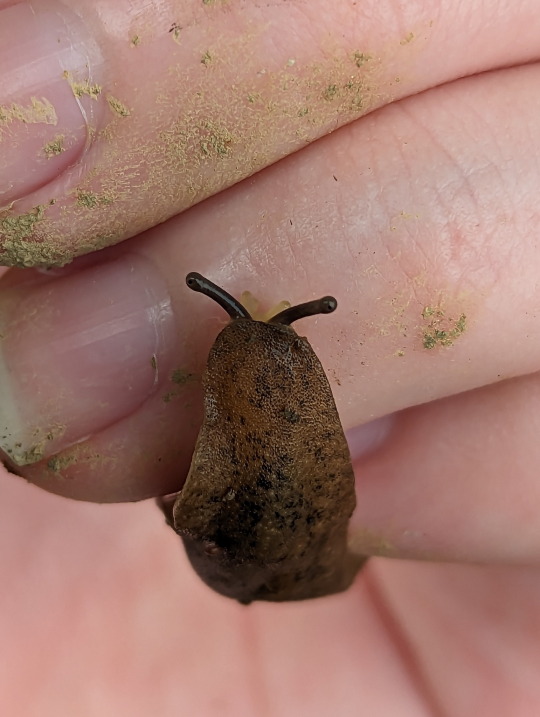
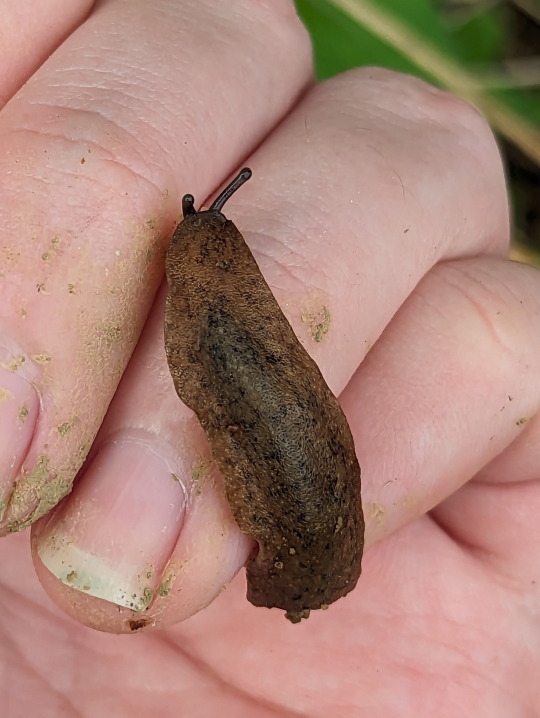
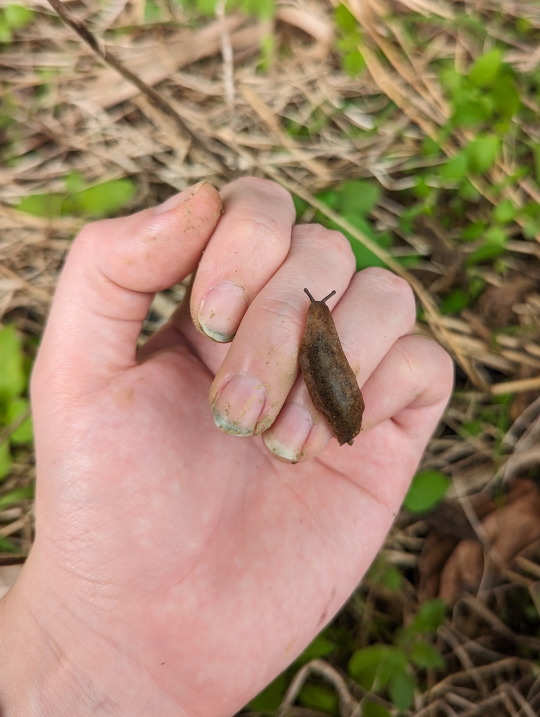

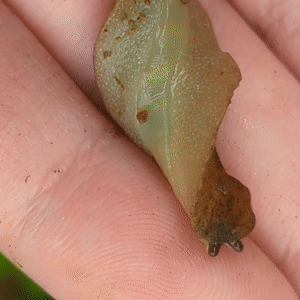
Caribbean Leatherleaf Slug.
30/07/23 - Gastropoda: Sarasinula plebeia
QLD:WET - El Arish, remnant vegetation on farmland
#invertblr#invertebrates#Sarasinula plebeia#Caribbean Leatherleaf Slug#Veronicellidae#Leatherleaf Slugs#Heterobranchs#Heterobranchia#Gastropoda#Gastropods#Mollusca#molluscs#mollusks#slugs#slugblr
356 notes
·
View notes
Text

Cornu aspersum eggs
19-DEC-2022
Melbourne, Vic
#australia#victoria#melbourne#snail eggs#sneggs#forbidden boba pearls#garden snail#mollusc#gastropod#helix aspera#cryptomphalus aspersus#mollusca#gastropoda#heterobranchia#stylommatophora#helicidae#helicinae#thebini#cornu#cornu aspersum
1 note
·
View note
Text

Photo by AfroBrazilian
This animal is Vallonia excentrica, the eccentric vallonia. It is a species of snail native across the northern hemisphere, though its population has become fragmented. It has also been introduced to Australia and Lord Howe Island.
0 notes
Text
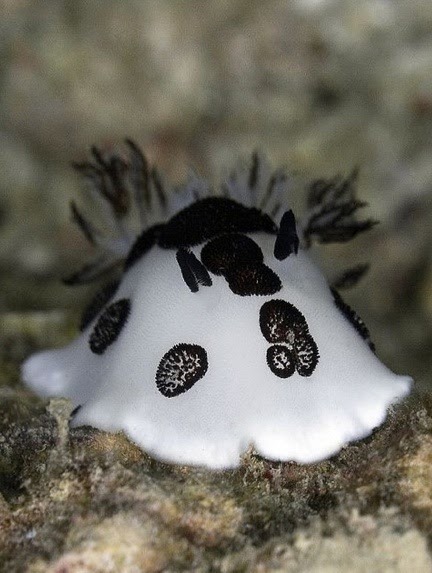
Морские зайцы (моллюски) — род брюхоногих моллюсков из семейства Aplysiidae подкласса Heterobranchia http://dlvr.it/T5GJG4
28 notes
·
View notes
Text
Meet the…

SEA SHEEP!
Costasiella kuroshimae, aka the leaf slug, sea sheep, and loads of other names, is a type of sacoglossan sea slug!
Scientific Classifications:
Kingdom: Animalia
Phylum: Mollusca
Class: Gastropoda
Clade: Heterobranchia
Informal Group: Opisthobranchia
Clade: Sacoglossa
Clade: Plakobranchacea
Superfamily: Limapontioidea
Family: Costasiellidae
Genus: Costasiella
These little cuties are around Japan, the Philippines, and Indonesia! They are capable of photosynthesis via a process called kleptoplasty, where they retain the chloroplasts from the algae they eat.
Their lifespan is between 6 months to a year. They are 5 millimeters to 1 centimeter
68 notes
·
View notes
Text
so i went to read about nudibranchs on wikipedia and immediately got distracted going down the link rabbit hole of "Sacoglossan" sea slugs (often confused with nudibranchs) and im just gonna c/p some of the wikipedia about them -
Sacoglossa, commonly known as the sacoglossans or the "solar-powered sea slugs", are a superorder of small sea slugs and sea snails, marine gastropod mollusks that belong to the clade Heterobranchia. Sacoglossans live by ingesting the cellular contents of algae, hence they are sometimes called "sap-sucking sea slugs".
...
Some sacoglossans simply digest the fluid which they suck from the algae, but in some other species, the slugs sequester and use within their own tissues living chloroplasts from the algae they eat, a very unusual phenomenon known as kleptoplasty, for the "stolen" plastids. This earns them the title of the "solar-powered sea slugs", and makes them unique among metazoan organisms, for otherwise kleptoplasty is known only among single-celled protists.
...
Also known as chloroplast symbiosis, kleptoplasty is the energy-providing mechanism that gives the Sacoglossan’s the nickname, “solar-powered sea slugs”, and E. crispata the name, “lettuce sea slug.” As algal food is being digested, the chloroplasts are absorbed into the cells lining the digestive tract and up into their parapodia. How many chloroplasts the slug sequesters and the length of retention depends on the individual species of slug. Chloroplast retention in E. crispata tends to last around 40 days. Given the variation in their diet, chloroplasts from different algal species have been found to be taken up into the same cells, functioning normally alongside the other.
tl;dr these sea slugs eat algae and store their chloroplasts for months to photosynthesize for them when food is scarce; sacoglossan sea slugs are the only multicellular organisms known to do this (if I understand correctly 😅)
..
ik everyone probably knows about them but im in love rn so anyways here's some pics!
(forgive that I didnt pay attention to the specific species when grabbing pics)
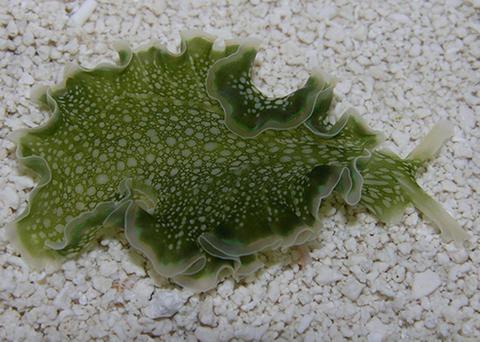






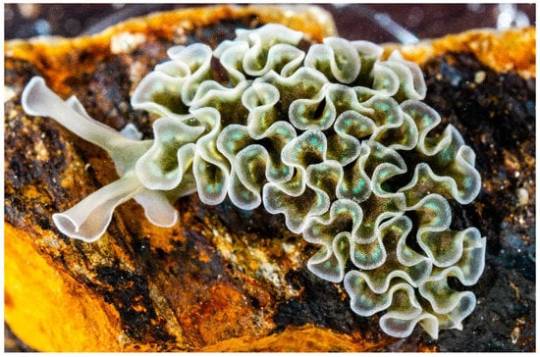
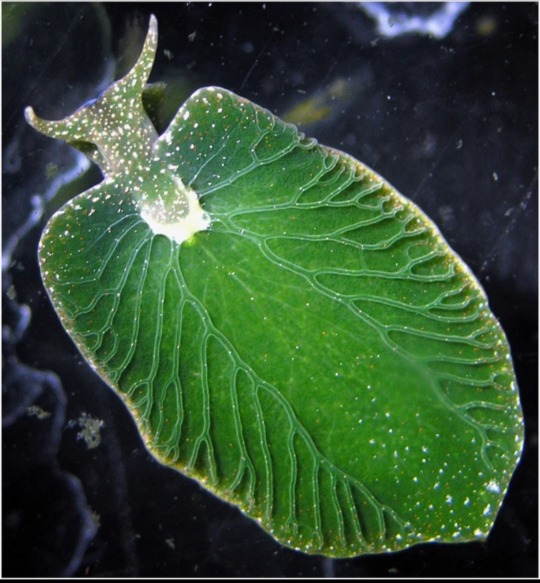
oh to be a sea slug eating sunlight in the ocean 🩵💚💙
#idk they just made me really happy#ik ive seen pics of lots of them but never rlly knew about the photosynthesis thing#which is AWESOME there's smth slightly above my head here about lateral gene transfer which is fascinating#there was smth special abt i think the lettuce sea slug in particular#bc multiple species of algae chloroplasts were working TOGETHER in them#idk im not smart or sober enuff to get into it#i just love these slugs#FINALLY LET ME POST IT GOD
13 notes
·
View notes
Text
A combined phylogenetic strategy illuminates the evolution of Goniodorididae nudibranchs (Mollusca, Gastropoda, Heterobranchia)
Pubmed: http://dlvr.it/T05JVg
0 notes
Photo

Rose petal bubble snail (Hydatina physis)
Photo by Rafi Amar
#rose petal bubble snail#striped paper bubble snail#bubble snail#hydatina physis#hydatina#aplustridae#acteonoidea#heterobranchia#gastropoda#mollusca#lophotrochozoa
3K notes
·
View notes
Text

8/19/21
#land slug#animal#Arion spp.#mollusca#mollusk#Gastropoda#Heterobranchia#Eupulmonata#Stylommatophora#Arionidae#slug
5 notes
·
View notes
Text

Glossodoris cincta
#Glossodoris cincta#sea slug#nudibranch#Gastropoda#Heterobranchia#Nudibranchia#Doridina#Doridoidea#Chromodorididae#Glossodoris#upl
142 notes
·
View notes
Photo



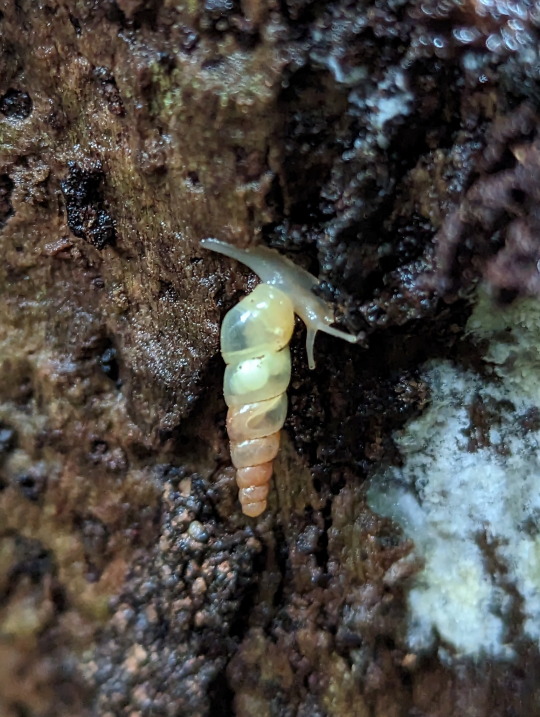
Miniature Awlsnail Out and About
Subulina octona
23/02/23
#Subulina octona#Miniature Awlsnail#Stylommatophora#Heterobranchia#Gastropoda#gastropods#gastropod#mollusks#mollusk#molluscs#mollusc#Mollusca#invertblr#invertebrates
630 notes
·
View notes
Photo

Fluorescent pink slug, unique to Australian mountaintop, survives bushfires | The Guardian
A fluorescent pink slug, found only on a single mountaintop in northern New South Wales, has survived the bushfires that burnt through much of its alpine habitat.
Around 60 of the brightly coloured Mount Kaputar slugs, which can grow to a size longer than a human hand, were spotted by National Parks and Wildlife Service rangers after recent rainfall in Mount Kaputar national park.
The Kaputar fire burnt through the area for more than six weeks from October to December 2019, affecting more than 18,000 hectares of land.
The mountain was formed by a now-extinct volcano, and is home to at least 20 species of snails and slugs found nowhere else in the world. The area has been identified as an endangered ecological community, the first of its kind in Australia.
Some of the fluorescent slugs would have managed to survive the fire because they had “retreated into rock crevices” in the heat, the Australian Museum malacologist Frank Köhler said.
But around 90% of the slug population, which also hibernates in bark and trees, would have been killed in the fire, he said.
Much of the slug’s food sources – fungi, moss and mould – would also have been burnt by the fire, but Köhler said these species should recover relatively quickly.
In coming months the slug might be at risk of being seen more easily in the burnt landscape by hungry birds and mammals, said Köhler, but the bright colour could also act as a warning to dissuade the predators.
#Kaputar Pink Slug#Triboniophorus nov kaputar#Triboniophorus#Athoracophoridae#Athoracophoroidea#Succineoidei#Helicina#Stylommatophora#Eupulmonata#Panpulmonata#Euthyneura#Heterobranchia#Gastropoda#Mollusca#slug#endangered#wildfire#Australia
305 notes
·
View notes
Text

#Arion vulgaris#spanish slug#poland#slug#animal#wildlife#nature#creative commons#arionidae#stylommatophora#eupulmonata#heterobranchia#gastropoda#mollusca
2 notes
·
View notes
Photo

Powelliphanta traversi traversi (Powell, 1930) by Gabriel Paladino Photography https://flic.kr/p/2kDJ7yq
3 notes
·
View notes
